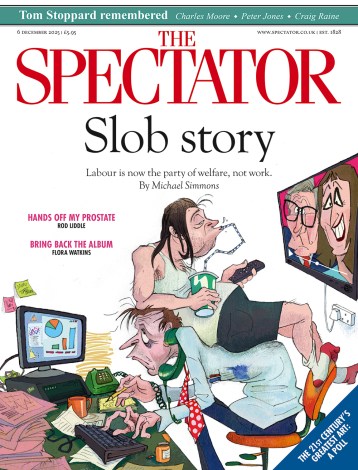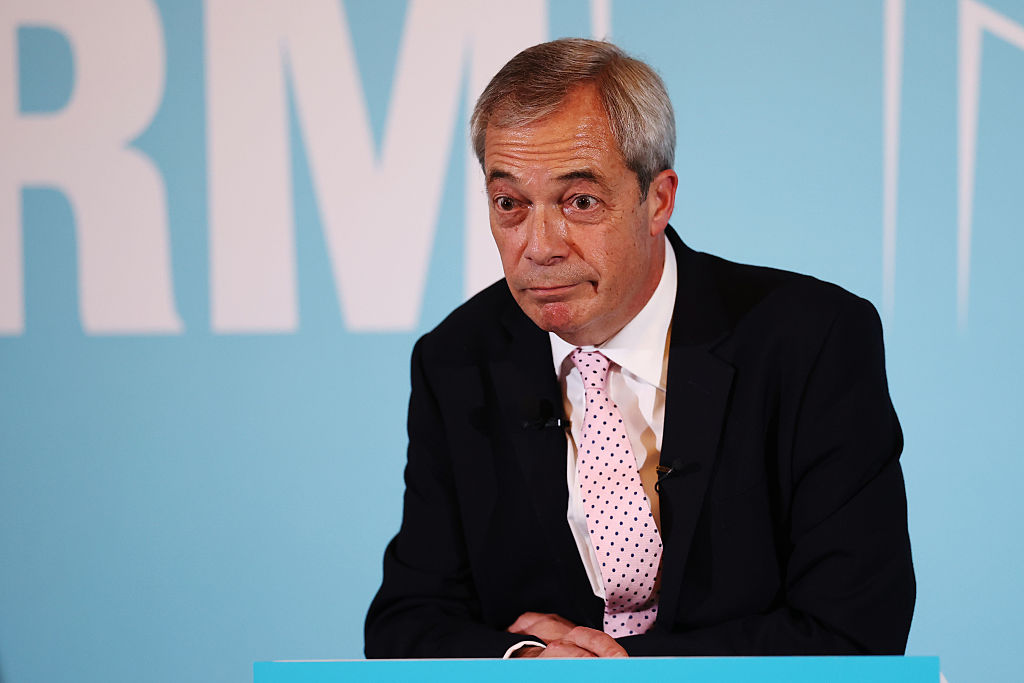
I must modestly doubt that the Supreme Court justices took account of my 12 July column in their ruling on the issue of hidden car finance commissions. But the effect, limiting compensation claims to the more egregious cases of overcharging, is to do exactly what I hoped: namely to head off ‘a tsunami of claims that could cripple lenders and provoke a mini banking crisis’. Chancellor Rachel Reeves evidently hoped so too; given that up to 90 per cent of new UK car sales are financed by loans offered through car dealerships, a collapse of that market would have put another ding in an already battered economy.
The total claims bill is now estimated by the Financial Conduct Authority at between £9 billion and £18 billion – vs a possible £44 billion if the court had ruled in favour of all claimants. The relief to lenders was evident in Lloyds’ decision not to add to the £1.15 billion already set aside for compensation, while shares in Close Brothers, a smaller specialist in the field, shot up by a quarter.
The losers are the ambulance-chasing ‘claims advisers’ who were looking forward to another bonanza akin to the payment protection insurance scandal which cost banks £50 billion. But we should also ask: was the judgment fair?
In particular, what of the unsophisticated car buyer who thought the dealer had a duty to offer the best finance deal, rather than to seek richer rewards for himself? On this point, the justices were magisterial. ‘Each party… (customer, dealer and lender) was engaged at arm’s length from the other participants in the pursuit of separate objectives. Neither the parties themselves nor any onlooker could reasonably think that any participant was doing anything other than considering their own interest.’ In short and as always, caveat emptor.
Who’da thought?
Here’s a potpourri of items at the intersection of market swings, consumer whims and ‘black swans’ – the latter phrase, coined by the author Nassim Nicholas Taleb, meaning unforeseen events with extreme consequences, of which Donald Trump’s global tariff attack is surely one.
Who would have imagined, for example, that Swiss watchmakers – whose recession-proof sector has long been a staple source of advertising revenues that underpin publications like this one – could be thrown into crisis by a 39 per cent tariff on Swiss exports to the US? Likewise, did anyone predict that the share price of the Danish pharma group Novo Nordisk would fall by two-thirds this year as its bestselling slimming drugs Wegovy and Ozempic were overtaken by the even more in-demand Mounjaro – whose maker Eli Lilly is the share tipsters’ new favourite?
Next, let’s look at food fads. Sliced bread is in retreat in the face of ‘carb-conscious health trends as well as baguettes and sourdough’, says the Financial Times, reporting rumours of a defensive alliance between the owners of Hovis and Kingsmill. But ice cream is the dish of the day and not just because we’re in high summer: Unilever is about to spin out its Magnum arm, the world’s largest producer, while Goldman Sachs makes a multi-billion investment in the second-largest, Froneri. And Dishoom, the brasserie chain founded by two cousins in 2010 that has London curry-lovers queuing round the block, has attracted investment from a fund linked to the luxury goods giant LVMH, which values it at a chilli-hot £300 million.
But here’s a downbeat, rain-stopped-play kind of postscript: who’d have thought concrete could ever go out of fashion? Despite Angela Rayner’s rhetoric, the level of housebuilding and infrastructure works in the UK is so quiet that sales of this most basic building material have fallen to their lowest level since 1963.
A rather random holiday-season round-up, you may be thinking: what’s my point? In fact I’ve spent most of this week reading a huge pile of entries for The Spectator’s Economic Innovator awards to high-growth smaller companies – and marvelling, as ever, at the resilience and optimism they embody. Whatever happens next in this mad, mad world, be thankful for the boldness of entrepreneurs.
Animal spirits
Whenever I eat at La Récréation in Les Arques – which I apologise for mentioning again, but it really is worth the detour – I think of From Here, You Can’t See Paris (2002), Michael Sanders’s charming account of a year spent working in the restaurant and observing the seasonal rhythms of south-west France. From my own summer idyll nearby, I really can’t see Paris, never mind London or Washington, but I can at least offer some parables and parallels of economic life.
The first point of comparison is simply that the manifold uncertainties illustrated by my previous item leave businesses everywhere struggling to meet forecasts and deliver chosen strategies.‘C’est la douche froide,’ begins Le Figaro’s results round-up from the CAC 40 list of leading French companies, collectively reporting a 30 per cent drop in first-half profits attributed to Trump’s tariffs and geopolitical turmoil as well as limp EU growth. But at least French inflation, at barely 1 per cent – Andrew Bailey and Rachel Reeves please note – is a fraction of ours (3.6 per cent in June), thanks to low energy costs and the strong euro I observed last week.
And at the micro level, in the Dordogne village of St Pompon where I’ve shared a house for 25 years, the Sud Ouest newspaper reports the opening of a new butchers shop by an enterprising young couple, Elodie and Max, as ‘un nouveau chapitre de dynamisme pour cette petite commune’. We’ve also got a new pub-cum-karaoke joint, Oscar’s – and on the drawing board, my own quixotic scheme to create a mini arts centre in a converted barn. I wrote last month about the ‘animal spirits’ that drive revival against the odds: I’d say they’re alive and kicking in this lost corner of la France profonde.








Comments